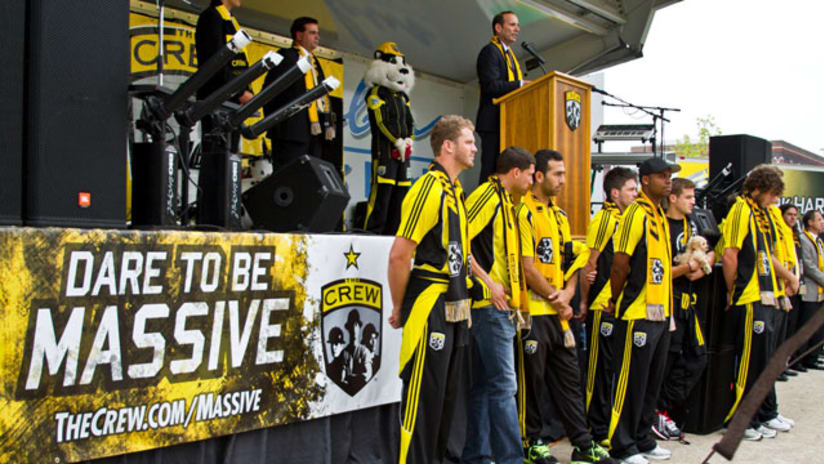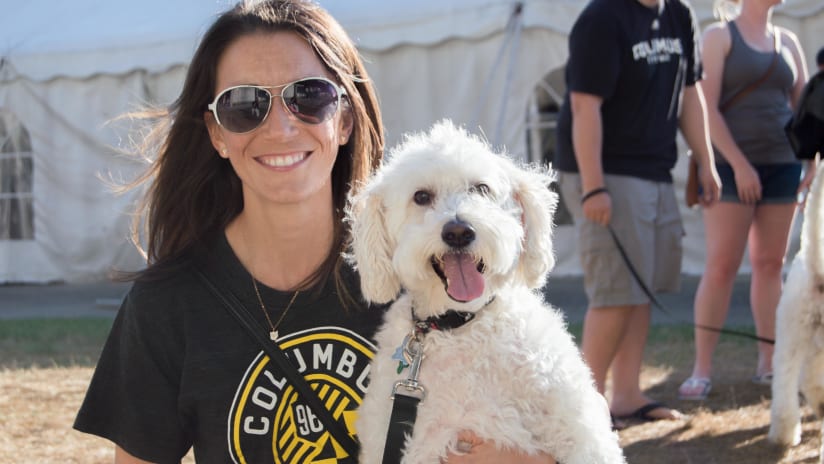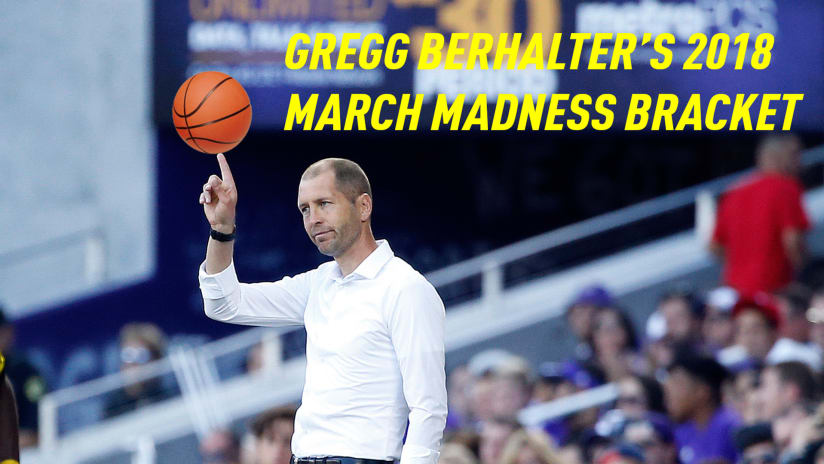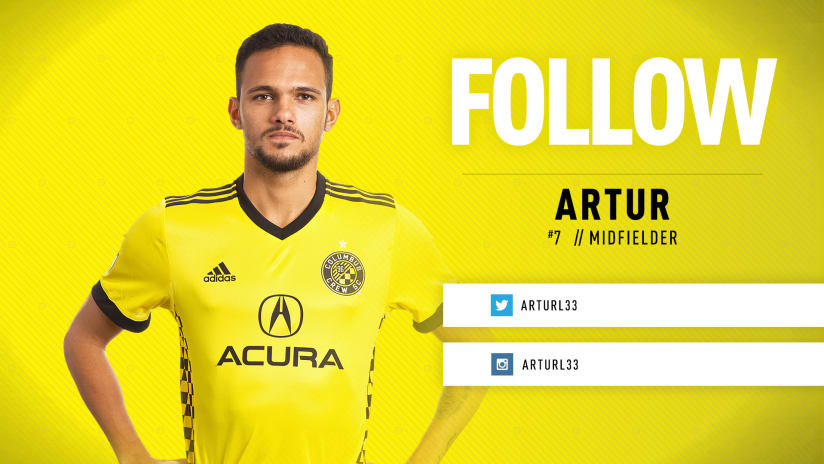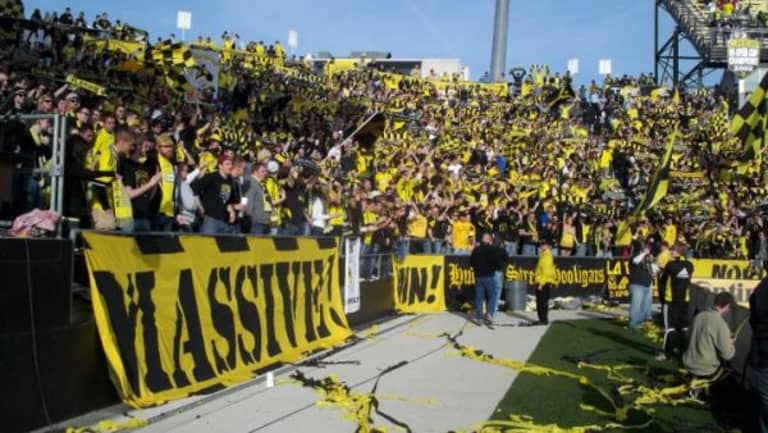
WHAT IS MASSIVE?
The word “Massive” is so ubiquitous in Crew culture that its rampant usage can be baffling to new fans and outsiders. Likewise, its origins can be overlooked by those who were not around to see the term’s organic growth from a humorous, self-deprecating joke within the fan culture, to a definition of pride and defiance and unwavering faith, and then to a de facto encapsulation of all things Columbus Crew. Actually, those aren’t so much evolutionary advancements as they are additional layers. Massive is all of those things.
LAYER 1: SELF-DEPRECATION
The term started out as a self-deprecating joke. Former Crew supporter culture kingpin Zak Bernardo watched with great amusement in 2003 when Manchester City signed Kevin Keegan to be its manager, and then threw the term “massive club” around willy-nilly to describe the (at the time) success-starved club that lives in the shadow of Manchester United’s colossal trophy case. If ever there was a gag to be appropriated for Columbus and the Crew, the “massive” angle was it.
At the time, Columbus was by far the smallest market in MLS, a league that openly talked about needing championship-level teams in New York and Los Angeles. (Obvious inference: “Certainly not in Columbus!”) Columbus has also long been the “third city” in Ohio behind the long-established population, economic, and media centers at either end of the state—Cleveland and Cincinnati. To this day, newspapers around the country make sure to append “OH” to Columbus so that readers don’t mistake it for any other Columbus, despite the fact that our Columbus metro area is six times the size of all of America’s other Columbuses combined. In 2000, a newspaper reporter from England, while covering Newcastle United’s trip to America, wrote that the club would be departing Washington, D.C., for Columbus, which he presumptively described as “an all together less fashionable part of the United States.” And then there’s the matter of how a segment of the American population and media holds a hostile disrespect for the sport of soccer, the fact that the Crew (like everything else) is dwarfed locally by the dominant goliath that is Ohio State football, and the various other off-field insults (real or perceived) that accompanied a history of on-field disappointments. “Massive” was born of a disrespected team playing a disrespected sport in a disrespected city.
When the Crew bottomed out in the middle of the 2000s, Massive was the perfect joke at the perfect time. Just like Kevin Keegan, Crew fans built an alternate reality where the Columbus Crew was a “massive club.” On soccer message boards, Crew fans would insert Columbus into any wild European transfer rumors. Ultimately, the superstar in question would decide that he was not ready for the pressure of playing for such a massive club, so he would chicken out and sign with Manchester United or Real Madrid or some other lesser, un-Massive entity. There were frequent mentions of “CrewTV,” a global television network designed to feed the insatiable worldwide demand for all things Columbus Crew. My buddy Flick would occasionally post TV listings from CrewTV, and all of the shows were invariably inside jokes about some letdown or disappointment in Crew history.
So that’s how Massive came to be.
LAYER 2: CREW PRIDE
In 2008, with the creation of the Nordecke and with a team that suddenly appeared capable of competing for a championship, Massive became a term of Crew pride. It still had that us-against-the-world spirit of its origins, but it morphed from self-deprecating mockery to all-out belief that this club could overcome all of its baggage (real or imagined) and finally stick it to the rest of the world. Massive described the talent of players like Guillermo Barros Schelotto and Chad Marshall. Massive described the heart and indomitable spirit of a team that frequently rallied from deficits—including twice in the playoffs— that would have caused prior Crew teams to crumble. Massive described the symbiotic connection between the players and the supporters. Team captain Frankie Hejduk spent a one-game suspension, not sitting up in a suite somewhere, but chugging beers with fans at a pre-game tailgate. What could be more Massive than that?
(Well, other than coming back to beat the loathsome Chicago Fire in the Eastern Conference Final, and then defeating the all-important-big-market-product-placement-vehicle New York Red Bulls, 3-1, to win MLS Cup. That was the equivalent of planting a Crew flag on the peak of Mt. Massive.)
Fans in the Nordecke frequently chanted, “We are! Mass-ive!” The word appeared on banners within the section, the most famous of which is a Rick Thomas creation that shows Bruce Lee urging everyone, “Be Massive, my friend.”
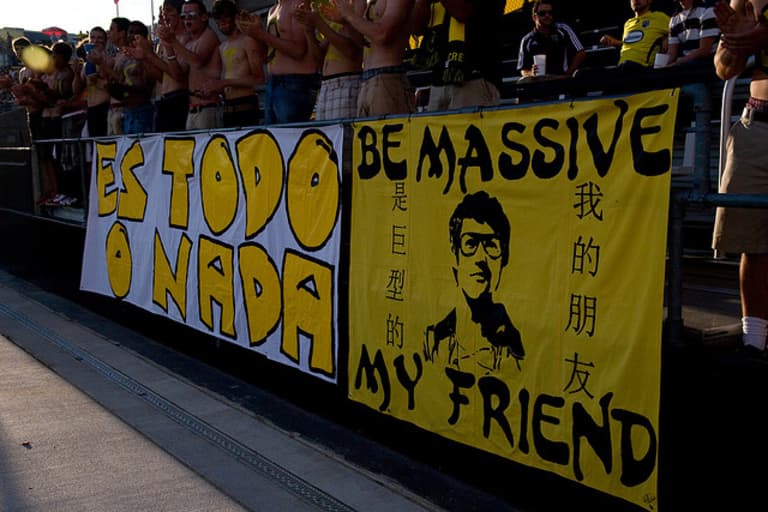
Photo by Sam Fahmi
The term Massive started picking-up steam. Crew broadcaster Dwight Burgess worked it into telecasts, usually describing the Crew’s distinctive all-yellow uniforms as “the Massive banana kit.” The word appeared on the cover of Columbus Alive, which featured a cover story about the Crew. Columbus Dispatch columnist Michael Arace played a huge role in taking the term mainstream by frequently using it in his newspaper columns. He recognized that something special was happening on and off the field, and that Massive was the us-against-the-world rallying cry as the Crew looked to bring a championship to Columbus.
When the Crew won MLS Cup, the front page of the Dispatch sports section used a one word headline:
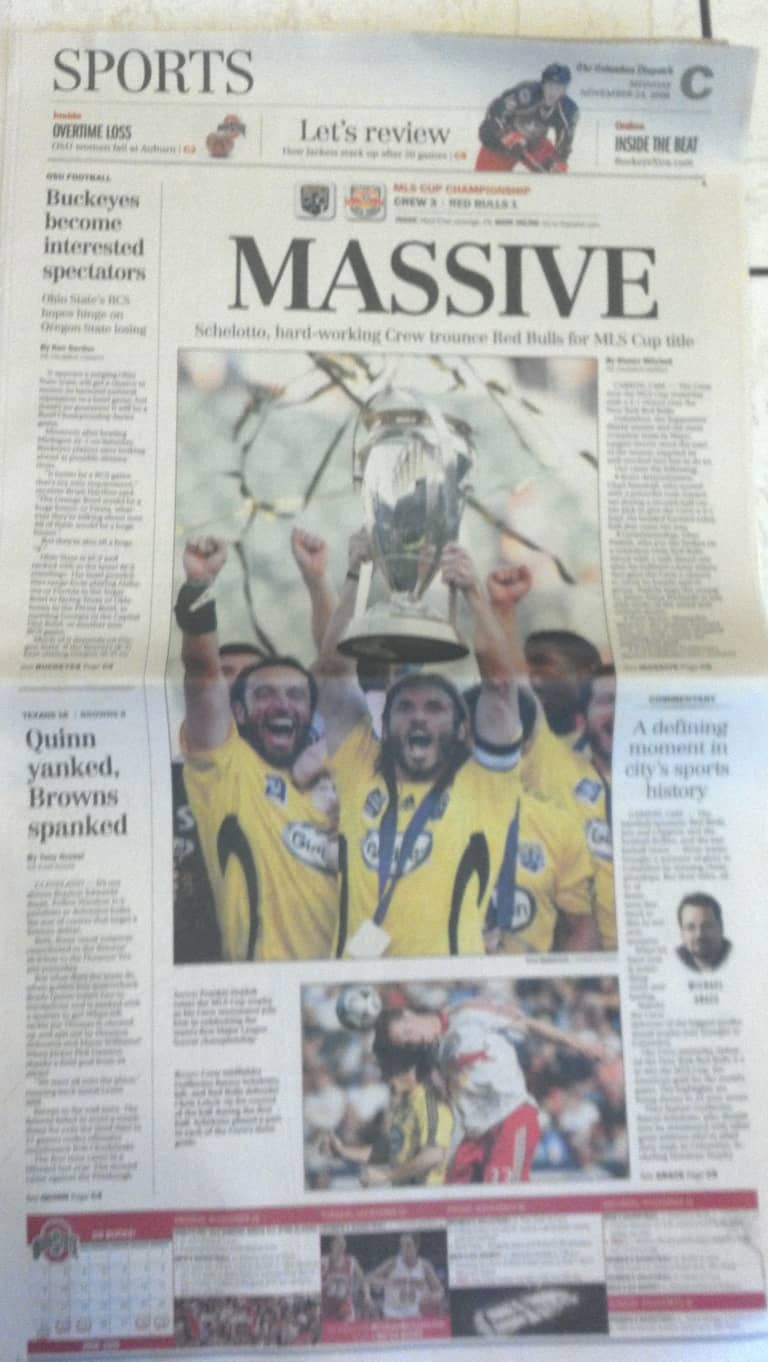
Photo by Steve Sirk
And when I wrote a book about the championship season, there was only one adjective that could do it justice:
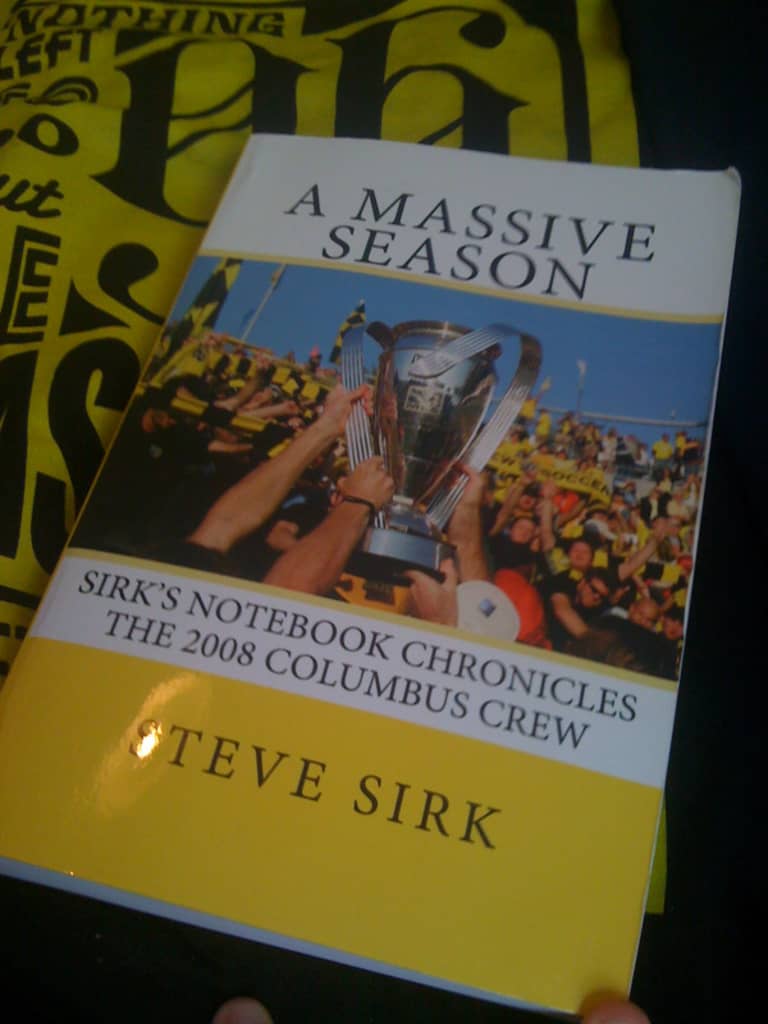
Photo by Daniel Bidmead, who is so Massive he follows the Crew from England.
Massive became the very definition of Crew pride. We don’t care what anyone else says or thinks. We love our sport. We love our club. We love our city. All of them are Massive. And so are we.
*
LAYER 3: ALL-ENCOMPASSING CREW-NESS
Massive is now used in so many ways that it is a term of all-encompassing Crew-ness. Fans have designed t-shirts imploring the city to be Massive:
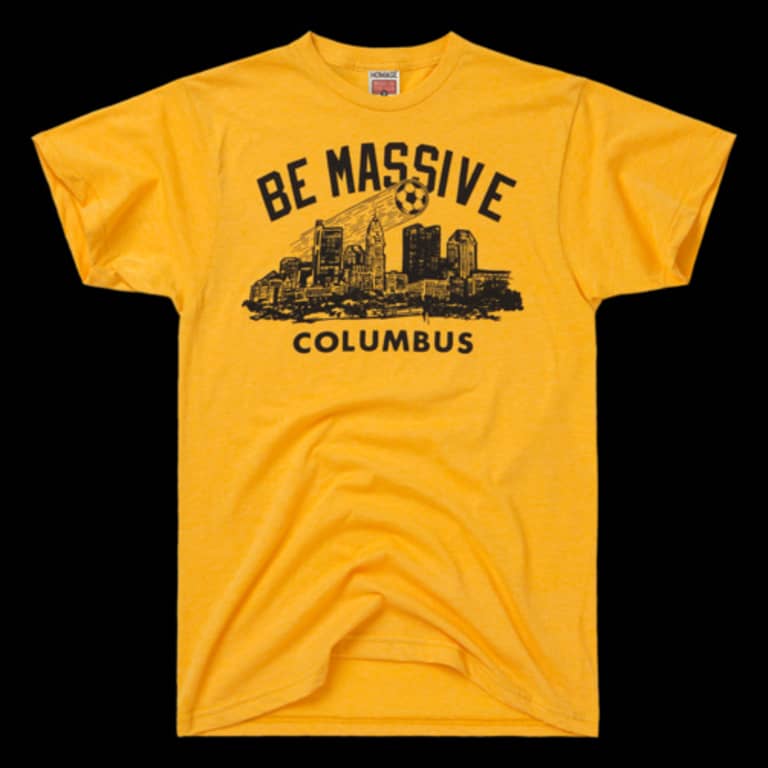
Being Massive can be an exhortation to win, such as my admittedly feeble attempt to inspire the Crew with this white board message prior to the 2010 Lamar Hunt U.S. Open Cup Final in Seattle.

Photo by Steve Sirk
The club did a much better job of executing that idea when renovating the team’s Crew Stadium locker room prior to the 2011 season.
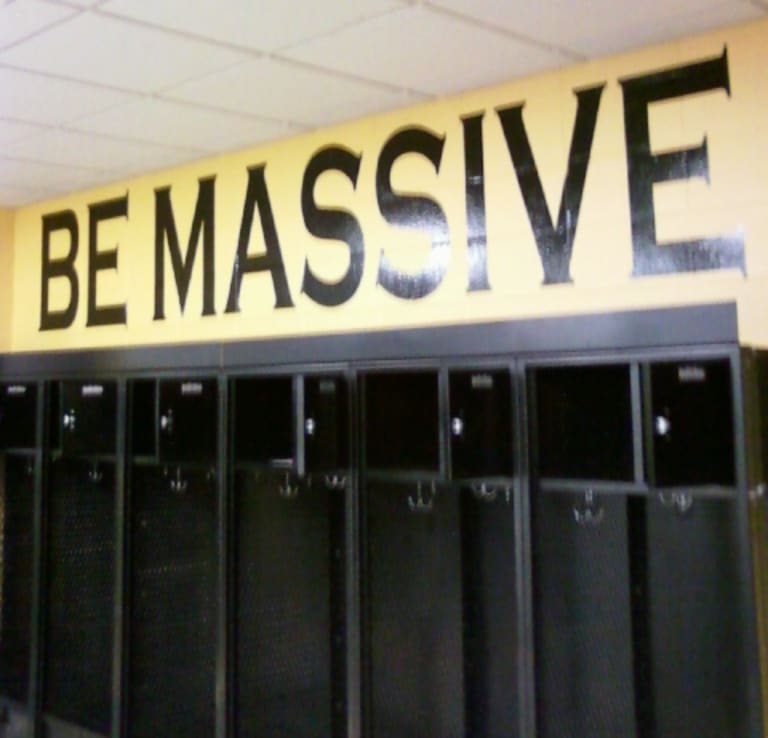
Photo by Steve Sirk
As evidenced by this artwork by Justin Bell, being Massive can be an appeal to the better angels of our nature.
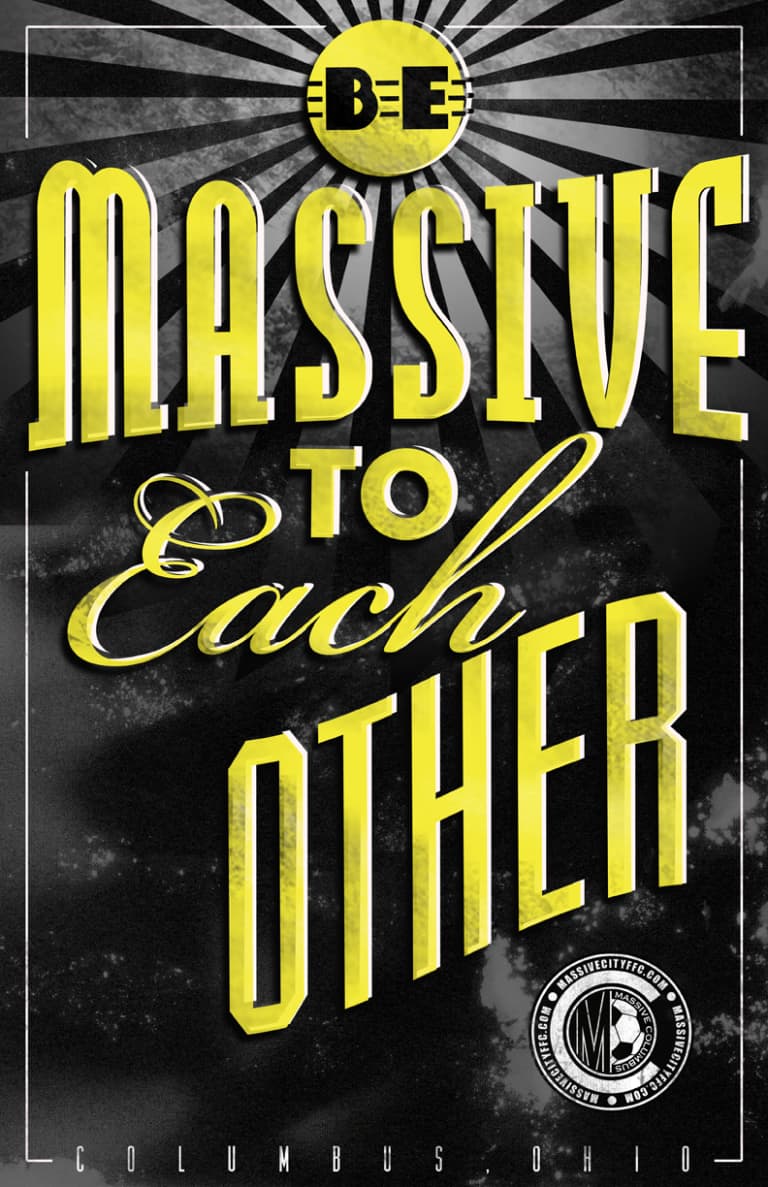
Artwork by Justin Bell / MassiveCityFFC
Massive is now the image that we project to the world, even to those who once viewed Columbus as “all together less fashionable.”

Photo by John Clem. Commemorative scarf designed by Justin Bell and distributed by Crew Supporters Union as part of a pre-game party with Newcastle supporters.
By September of 2011, Massive had become so synonymous with Crew culture that the club built a season ticket marketing campaign around the term, daring the rest of Columbus to be Massive.
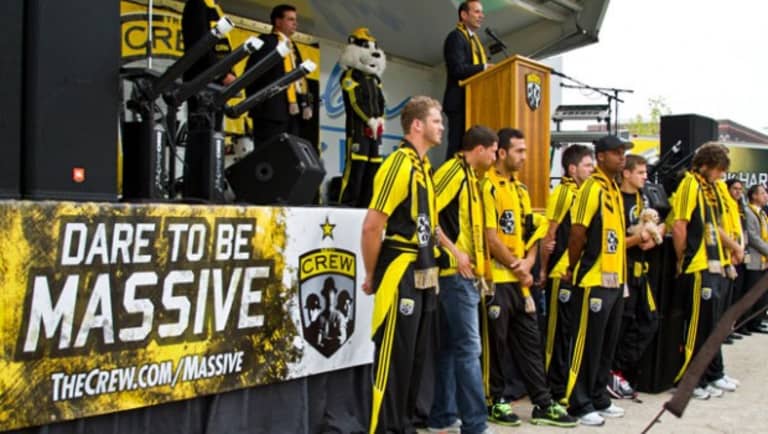
Photo by Skyler Schmitt
And there are times when Massive means so much that it will break your heart into little pieces.
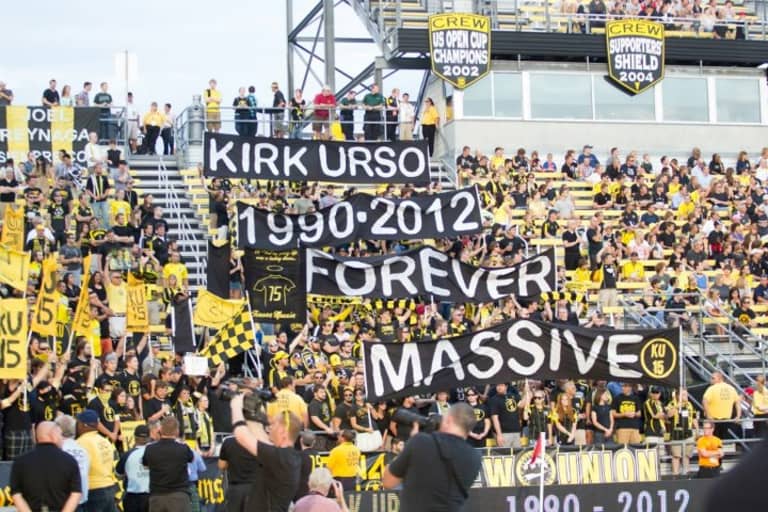
Photo by Greg Bartram
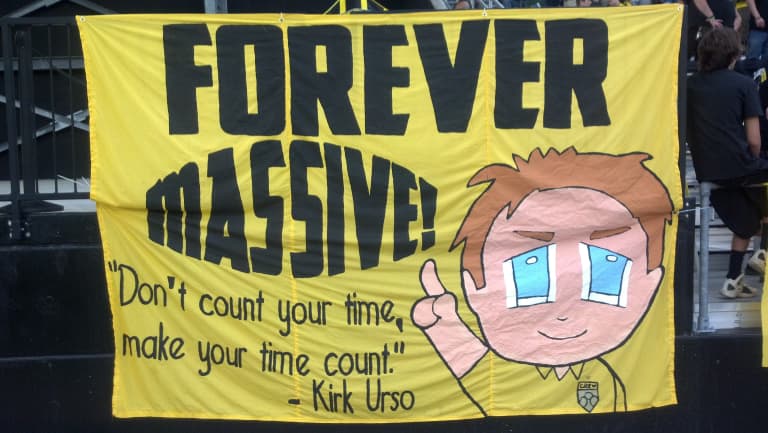
Photo by Steve Sirk. Banner by RickThomas.
*
So Massive can be many things, but it’s not any one thing. It can be used as a self-deprecating joke, but it’s not just a joke. It can be used as an expression of pride, but it’s not just a boast. It can be used to entice the public to become part of a special community by buying season tickets, but it’s not a marketing term. Massive is much too massive for that.
In all its permutations, Massive is how the fans came to define our sport, our club and our city.
We are Massive.
Questions? Comments? Know if I set a world record for use of the word “massive” in a single 1,400-word article? Feel free to write at sirk65@yahoo.com or via twitter @stevesirk
